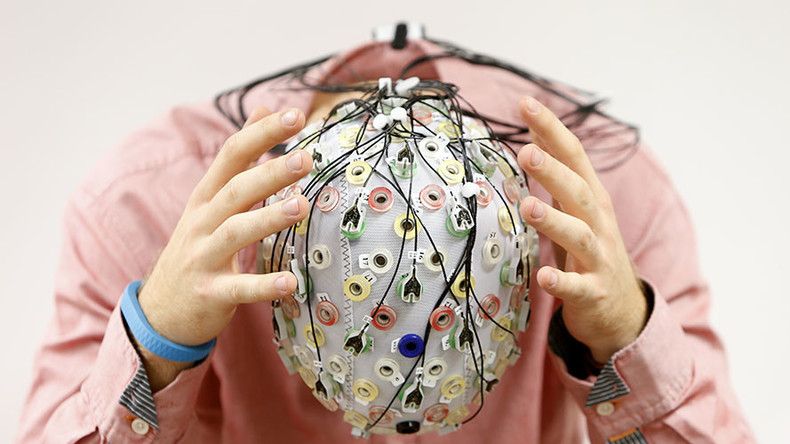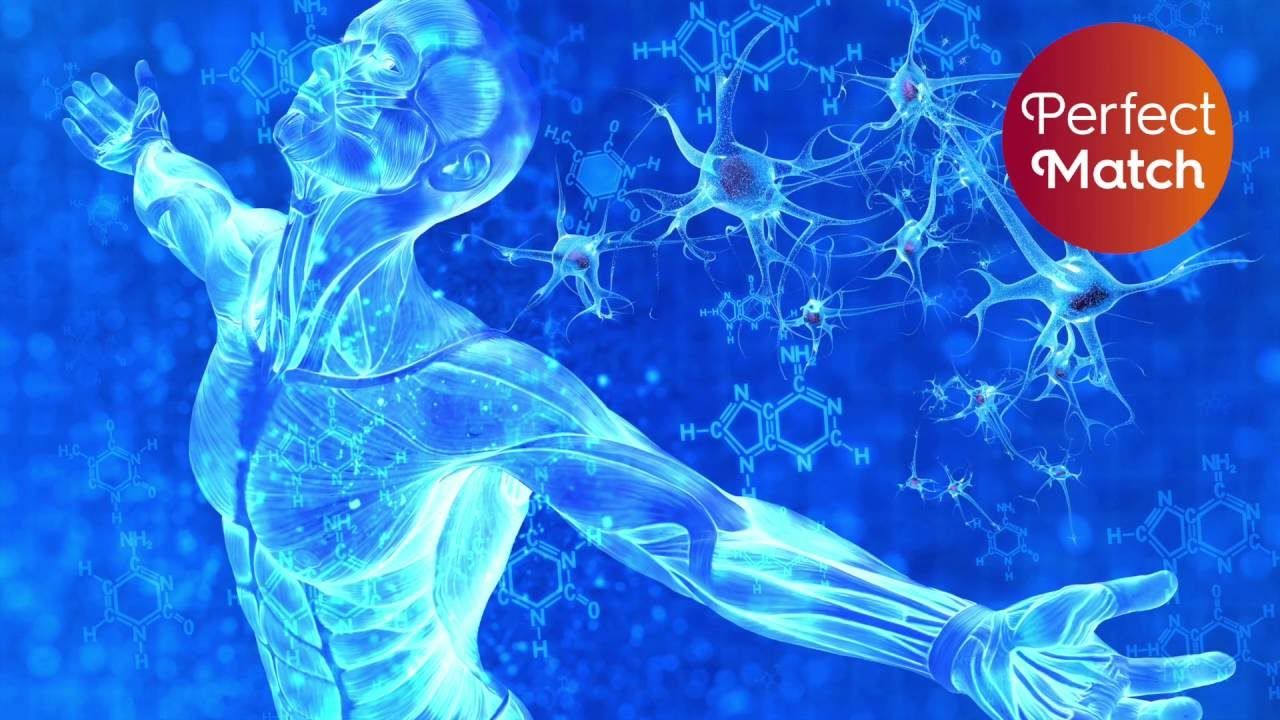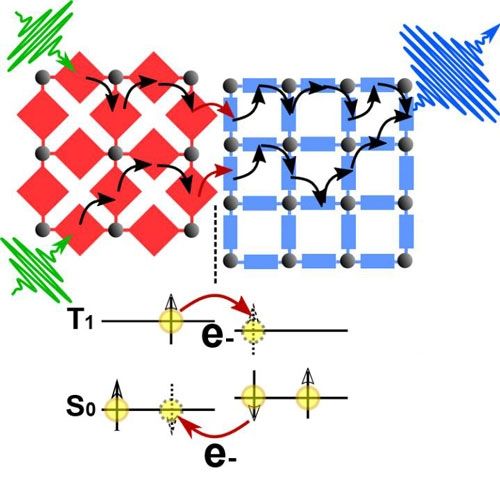The US Department of Defense has developed a portable, on-demand biopharmaceutical production system that could be used in warzones to make treatments at point-of-care.
The platform was developed as part of a US Defense Advanced Research Projects Agency (DARPA) program to provide far-forward-deployed Service members “what they need when they need it, obviating the need for individual drug stockpiling, cold storage, and complex logistics,” Tyler McQuade, program manager for DARPA’s Battlefield Medicine program, told Biopharma-Reporter.com.
The platform, developed in conjunction with researchers at the Massachusetts Institute of Technology (MIT), consists of a biologics expression system engineered to secrete multiple therapeutic proteins and a millilitre-scale perfusion microfluidic platform.








